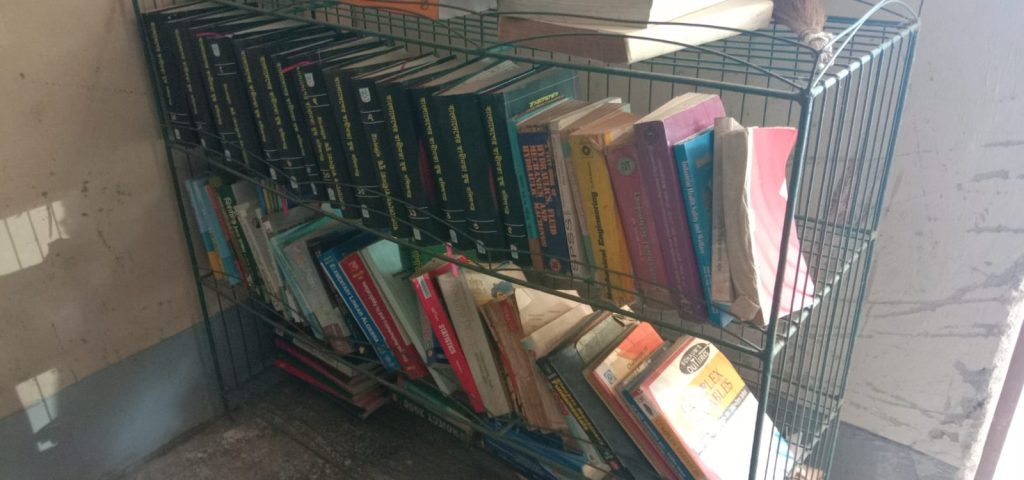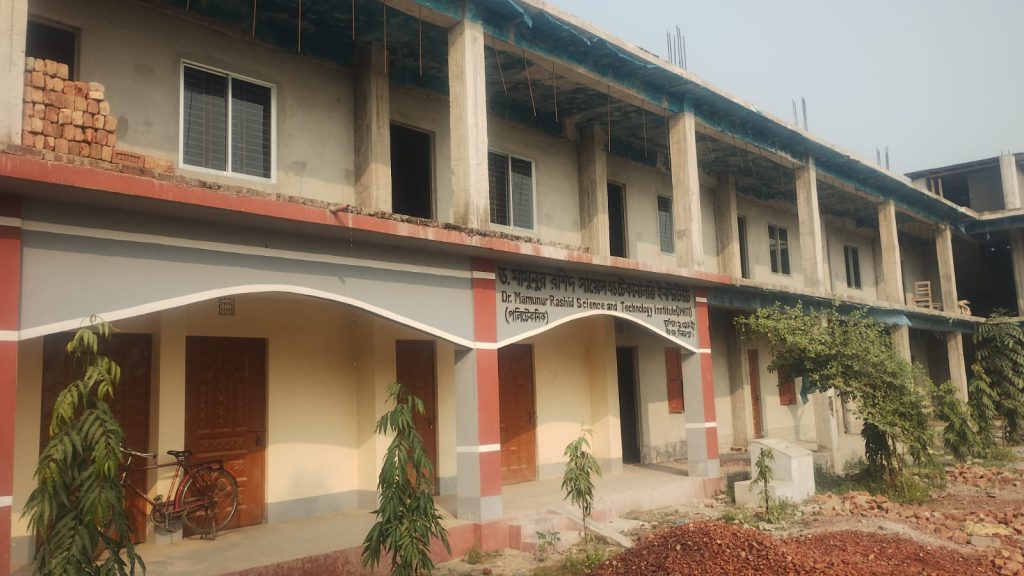Birganj, Dinajpur – December 30, 2023
Dr. Engineer Mamunur Rashid, the esteemed Chairman and Founder of Dr. Engineer Mamunur Rashid Science and Technology Institute in Birganj, Dinajpur, is set to develop an innovative syllabus on Production Planning and Control (PPC) for the Diploma in Textile Engineering students under the Bangladesh Technical Education Board (BTEB). The course, scheduled to be introduced from December 28 to 30, 2023, for the 7th semester, is aligned with Subject Code 21173 – Production Planning & Control.
Rationale:
The Production Planning and Control course has been meticulously designed to provide students with a profound understanding of essential concepts and practices within the textile industry. From fundamental production principles to cutting-edge technologies such as Artificial Intelligence (AI) and Industry 4.0, the syllabus ensures a comprehensive exploration of production planning, scheduling, and control. By incorporating topics like Textile Product Design, Capacity Planning, Forecasting, Work Study, Inventory Management, and Robotics, the course emphasizes the interdisciplinary nature of modern textile production. The focus on resilience, risk management, and sustainability prepares students for the challenges and innovations in the dynamic field of textile engineering, fostering a holistic and industry-relevant skill set

Learning Outcomes:
Upon completion of the course, students will be equipped to:
Define and outline the key components of PPC and its contribution to efficient production processes in the textile industry.
Describe the production system specific to the textile industry and identify its unique characteristics and challenges.
List and discuss the essential elements involved in the production processes of the textile industry.
Interpret the objectives of Production Planning and Control, understanding their significance in achieving operational excellence.
Explain the broad scope and various functions performed by the production system in the textile industry.
Distinguish among different production methods (Job, Batch, Continuous) and realize their respective advantages and disadvantages.
Utilize the concept of textile product design, its characteristics, and its importance in the overall production process.
Design the fundamental requirements of capacity planning, including the definition, effective capacity, and various strategies for meeting production demands.
Classify various forecasting methods, recognize the importance of forecasting, and understand the basics of data analytics in production planning.
Apply artificial intelligence (AI) concepts in the context of production planning and control, understanding its role in optimizing processes and predictive maintenance.
Detailed Syllabus (Theory):
Unit 1: Basic Concept of Production
Define Production Planning and Control (PPC)
Describe Production System of Textile Industry
List the Elements for production in Textile Industry
State the objectives of PPC
Discuss the Scope and Function of Production System
Differentiate among Job, Batch, and Continuous Production
State the Small, Medium, and Large Production with Advantages and Disadvantages
Unit 2: Production Planning: Routing and Scheduling
Describe the Concept of Production Planning
State the importance of Production Planning
Classify Production Planning and Strategy
Point out the objectives of Schedule
List different types of schedules: Bar Chart, CPM, and PERT
Point out Management decision-making at various levels of PPC.
Define Productivity
List the factors considered for Routing Procedure
State Standard Scheduling Methods
Define Job Shop, Flow Shop, Line Balancing, and Bill of Material
Unit 3: Textile Product Design and Process Selection
Define textile product design
State the characteristics of textile product design and process selection
List the elements of textile product design
State the regulation and legal considerations in design
Define Textile Product life cycle, standardization, modular design, reliability, and robust design
Unit 4: Capacity Planning
Define the Fundamental requirement of capacity planning.
State effective capacity.
Choose capacity alternatives and strategies for timing capacity.
Show the production strategy to meet demand.
Unit 5: Forecasting and Data Analytics
Define forecasting and data analytics
State the importance of forecasting and data analytics
Classify forecasting methods with examples
Compare Qualitative and Quantitative forecasting methods.
Differentiate between Independent and dependent demand.
Unit 6: Work Study in Textile Industry
Define work study in the textile industry
Discuss the importance of work study in the textile industry
State Work Measurement in the textile industry
Define Time, Motion & Method Study in the textile industry
Define Performance Rating through Cycle time, Takt Time, Utilization, Throughput rate, Lead time, and Bottleneck time
Unit 7: Inventory Management
Define inventory
State EOQ, LOB (Line of Balance), and JIT Inventory (Just-In-Time) and Lean principles in Industry
State Relevant Inventory Costs
Define ABC Analysis
Classify Inventory Control Systems
Differentiate between P-Systems and Q-Systems
State MRP (Materials Requirement Planning) and ERP (Enterprise Resource Planning)
State Japanese Concepts in Inventory Management
Unit 8: Artificial Intelligence (AI) in Production Planning and Control
State the application of AI in Production Planning and Control
Describe the relation between AI-driven and predictive maintenance
Analyze the spectrum of products in the textile industry.
Define Industry 4.0.
Mention the advancement of Industry 4.0.
Unit 9: Robotics and Automation in Warehousing and Distribution
Apply robotics for efficient warehouse operations
Describe automation in Warehouse.
State the promising technological practices in Textile automation.
Unit 10: PPC Resilience, Risk Management, Dispatching, and Follow-up
List the risks in the textile industry
Define Resilient production planning and control
State Sustainable practices in production planning and control.
State Activities of Dispatcher
Illustrate Dispatching Procedure
Define Follow-up
Classify Follow-up
Total Marks: 100
Recommended Books:
Operations Management for Competitive Advantages by Chase, Aquilino, Jacob – McGraw-Hill Education (15th edition)
Production & Operations Management by William J. Stevension – McGraw-Hill Education (9th edition)
Operations and Supply Chain Management by Chase, Shankar, Aquilino, Jacob – McGraw-Hill Education (14th edition)
This comprehensive syllabus aims to equip students with the knowledge and skills necessary for success in the dynamic and evolving field of textile engineering. Dr. Engr. Mamunur Rashid’s dedication to academic excellence and industry relevance ensures that students are well-prepared for the challenges and opportunities in the textile industry. The Institute looks forward to implementing this syllabus and contributing to the growth and development of skilled professionals in the field.


